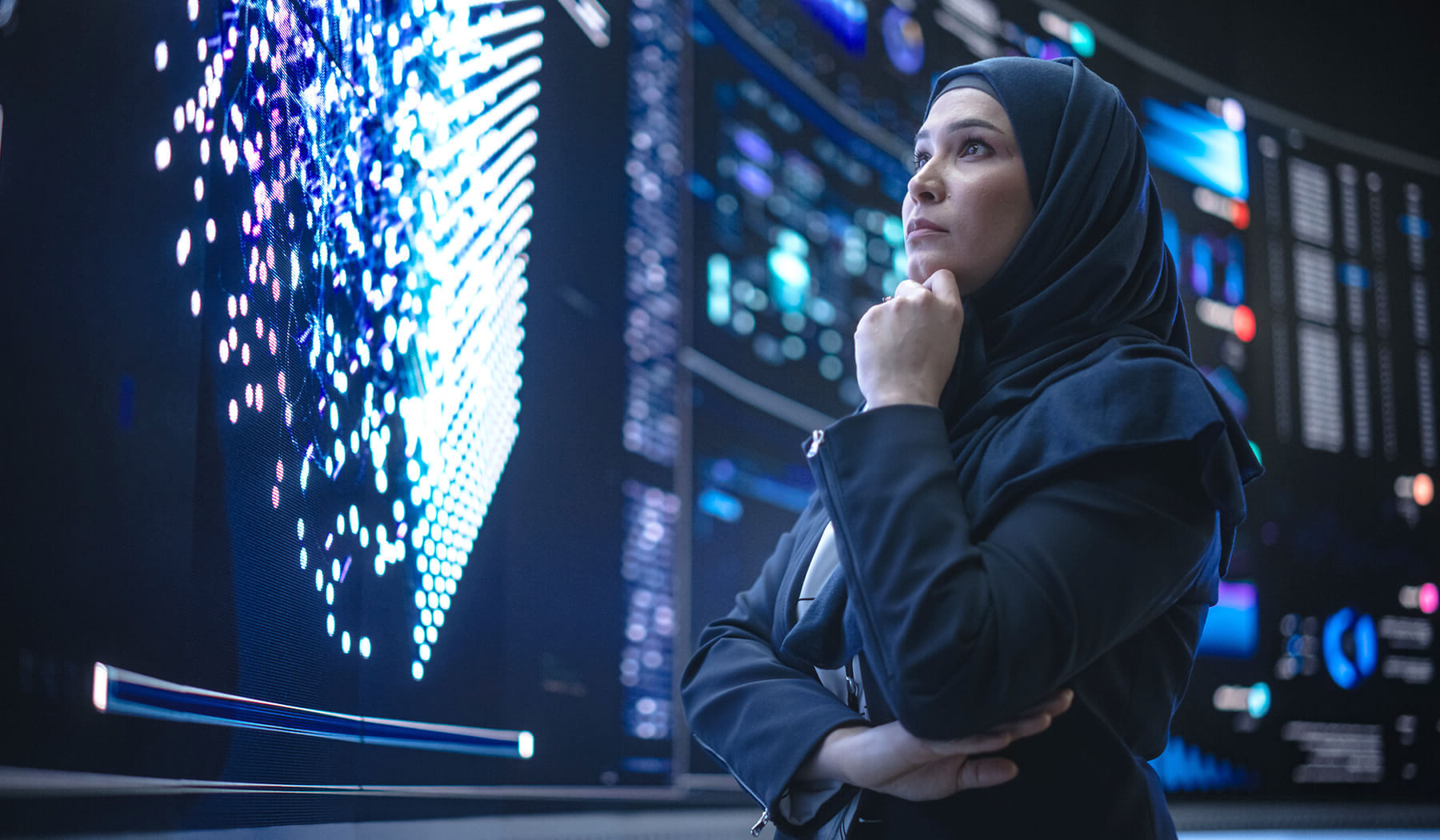
Ever wondered why there's a day dedicated entirely to talking about digital access and inclusion? Global Accessibility Awareness Day (GAAD), celebrated on May 16th, is that day, and it's all about shining a spotlight on the importance of digital products being accessible to everyone, including those with disabilities. Why, you ask? Because in our tech-savvy era, ensuring everyone can navigate, understand, and interact with web content is not just nice to have; it's essential. From websites to mobile apps, GAAD encourages developers, businesses, and users to think and learn about digital access barriers. So, why is this day so crucial, and what should we all know about it? Let's dive into the heart of digital inclusion and discover nine fascinating facts about Global Accessibility Awareness Day that highlight its significance and impact.
Key Takeaways:
- Global Accessibility Awareness Day (GAAD) is an annual event on the third Thursday of May, aiming to raise awareness about digital access for people with disabilities and promote inclusive technology.
- GAAD has influenced the tech industry to prioritize accessibility, leading to improvements such as screen readers, voice recognition, and color contrast considerations. Legislation and future advancements in AI are also driving the push for digital inclusivity.
What is Global Accessibility Awareness Day?
Global Accessibility Awareness Day (GAAD) is an event that takes place every year on the third Thursday of May. Its main goal is to get everyone talking, thinking, and learning about digital access and inclusion, and the more than one billion people with disabilities/impairments. This day highlights the importance of digital products, such as websites and mobile applications, being accessible to everyone, including those with disabilities.
Why Was GAAD Created?
- GAAD was created to address the need for digital accessibility. It serves as a reminder that technology should empower all individuals, regardless of their physical or cognitive abilities. The founders, Joe Devon and Jennison Asuncion, launched this initiative in 2012 to bridge the gap in digital access.
How Can People Participate in GAAD?
- Participation in GAAD can vary from hosting or attending webinars about accessibility, participating in accessibility hackathons, to simply spreading awareness on social media. Businesses and developers can also take this opportunity to audit their digital products for accessibility compliance.
The Impact of GAAD on Technology
- Since its inception, GAAD has significantly influenced the tech industry by encouraging developers and companies to prioritize accessibility in their products. This has led to more inclusive technologies that cater to a wider range of users, including those with disabilities.
Examples of Accessibility Improvements
-
One notable improvement is the widespread adoption of screen readers, which allow visually impaired users to understand content on their devices.
-
Voice recognition technology has also become more sophisticated, enabling users with limited mobility to navigate devices and the internet with ease.
-
Additionally, websites and apps are increasingly being designed with color contrast considerations to aid users with color vision deficiencies.
The Role of Legislation in Promoting Accessibility
- Legislation plays a crucial role in promoting digital accessibility. Laws such as the Americans with Disabilities Act (ADA) in the United States and the Accessibility for Ontarians with Disabilities Act (AODA) in Canada require businesses to make their digital content accessible to people with disabilities.
Future of Digital Accessibility
-
The future of digital accessibility looks promising, with advances in artificial intelligence and machine learning offering new ways to enhance accessibility. For instance, AI can be used to automatically generate descriptive alt text for images, making the web more accessible to visually impaired users.
-
As technology continues to evolve, the emphasis on accessibility is expected to grow, leading to more innovative solutions that ensure digital experiences are inclusive for everyone.
A Final Look at Global Accessibility Awareness
Global Accessibility Awareness Day shines a light on digital access and inclusion for people with disabilities. It's a day that reminds us all to push for websites, tools, and technologies that everyone can use, regardless of their abilities. From developers making their websites more navigable for screen readers to companies adopting inclusive design principles, this day marks a call to action. It's about recognizing barriers and working together to remove them, ensuring that the digital world is open to all. Celebrating on May 16th, it's a reminder that in our increasingly digital society, accessibility isn't just nice to have; it's essential. Let's all do our part to make the digital realm a place where everyone has equal access and opportunity.
Frequently Asked Questions
Was this page helpful?
Our commitment to delivering trustworthy and engaging content is at the heart of what we do. Each fact on our site is contributed by real users like you, bringing a wealth of diverse insights and information. To ensure the highest standards of accuracy and reliability, our dedicated editors meticulously review each submission. This process guarantees that the facts we share are not only fascinating but also credible. Trust in our commitment to quality and authenticity as you explore and learn with us.


